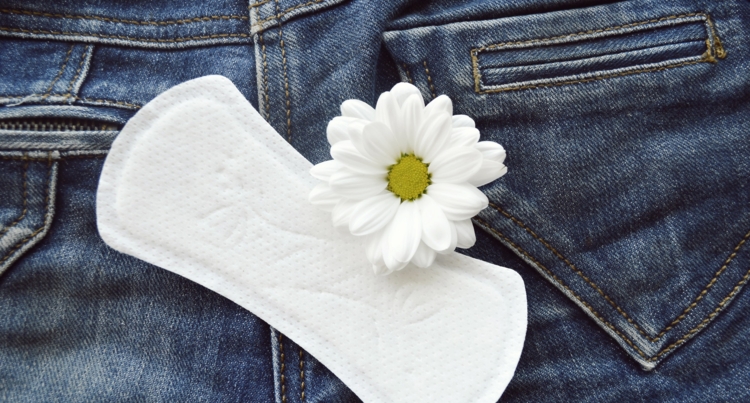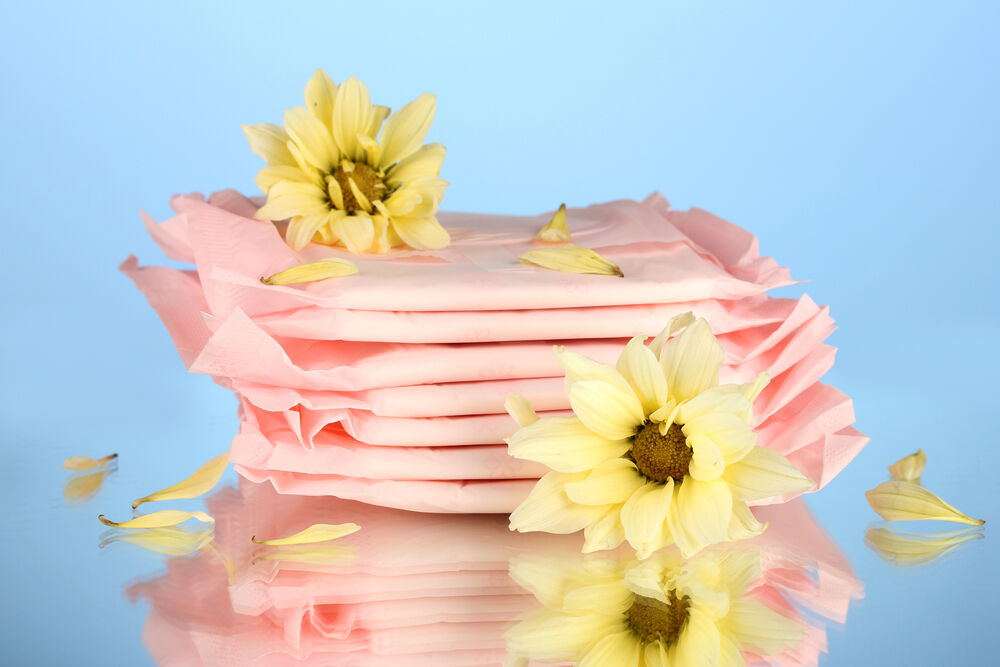What is a panty liner?
Vaginal discharge is a very common and completely natural phenomenon. Some people use panty liners to protect their underwear from vaginal discharge and maintain a dry, fresh, and clean feeling throughout the day. Panty liners work best when changed every three to four hours.
A panty liner is a thin, absorbent pad worn in the gusset of underwear to absorb vaginal discharge or light menstrual flow. Panty liners are basically thin versions of pads used to prevent stains and keep underwear clean.



